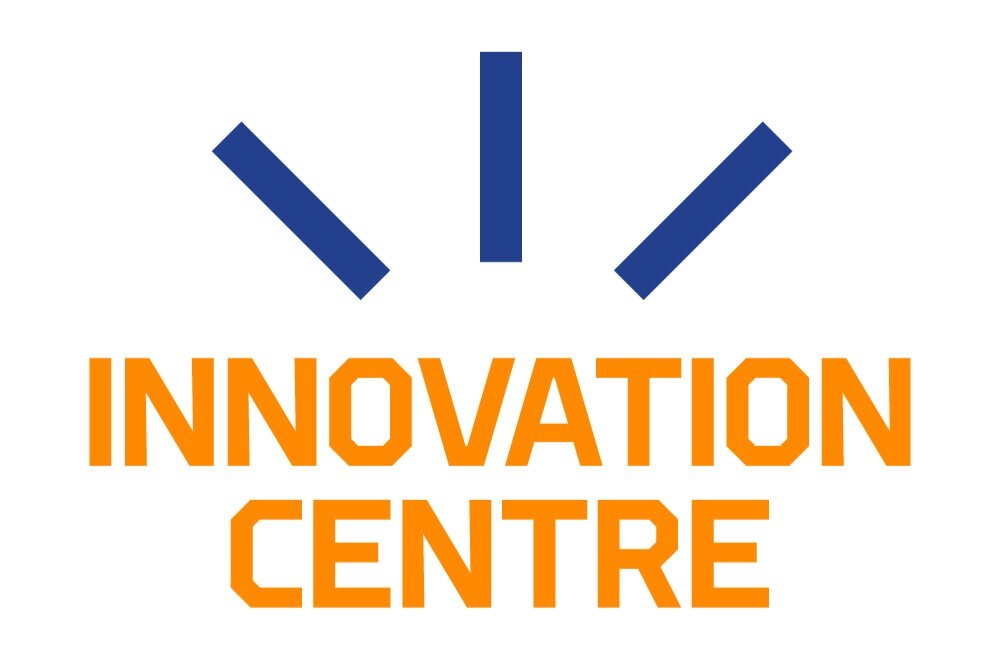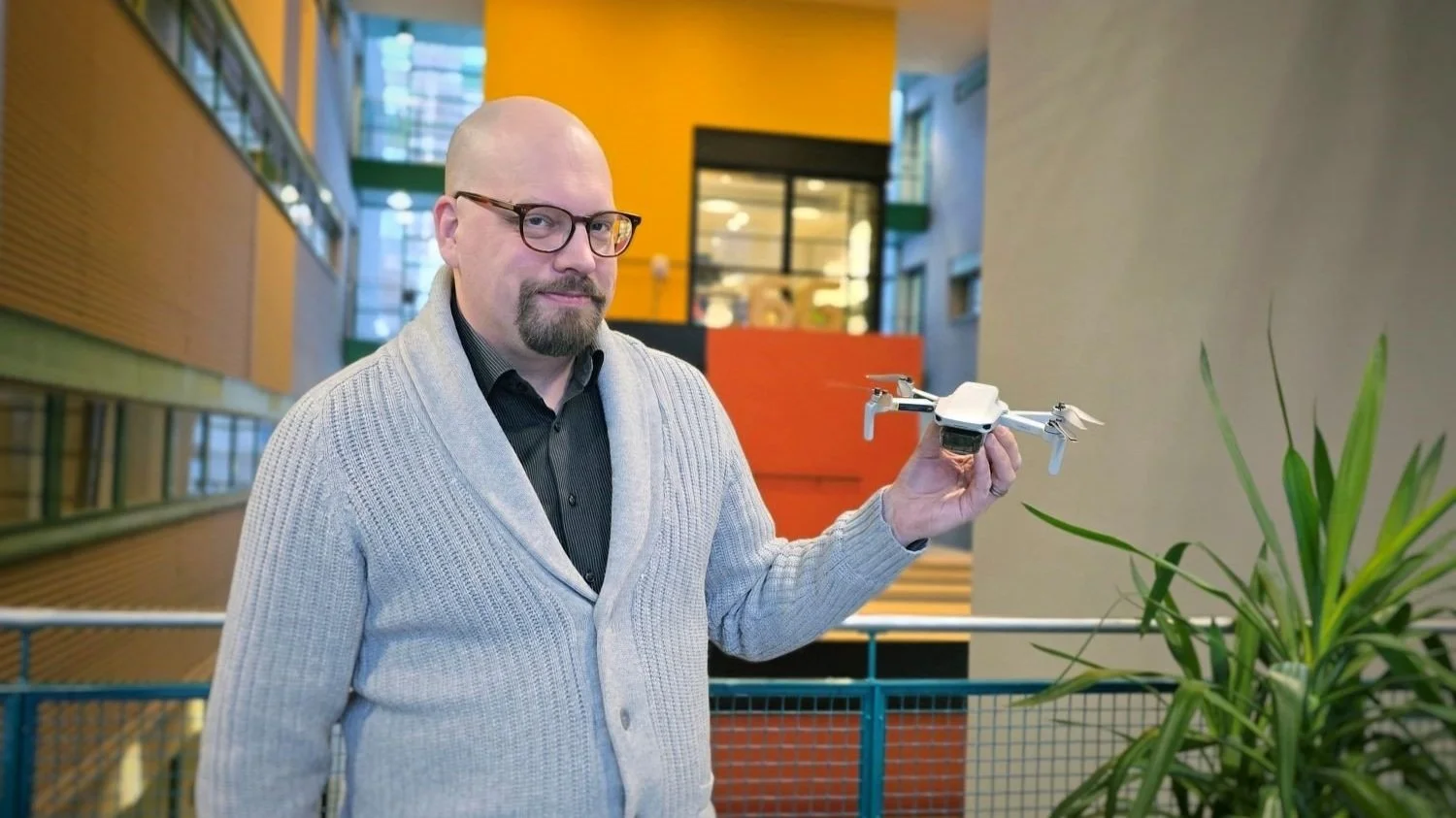PoC funding – From idea to innovation for 10 Years!
Sonja-Maria Mattila, working as a research assistant, holds a reactor cell in which nanoparticles produce hydrogen using water and light. Photo: Saara Juntunen.
Have a business idea you’d like to develop? Want to test its feasibility without taking on major financial risk? That’s exactly what Proof of Concept (PoC) funding is for – and it has been available at the University of Oulu for ten years now!
PoC funding supports researchers and students at the University of Oulu in the implementation of their business ideas. Ideally, the invention can later be commercialized as a new startup or licensed to an existing company. In 2025, a total of €300,000 in PoC funding will be distributed to researcher and student teams – up to €5,000 per project for students and potentially tens of thousands of euros for research projects, depending on the case.
The University of Oulu has provided PoC funding since 2015. The City of Oulu joined the initiative in 2020, enabling student teams to apply and expanding opportunities for more innovators.
“Research often leads to new innovations with commercial potential, and PoC funding is a great way to test their viability. We’re looking for ideas that could progress beyond the PoC phase to, for example, Business Finland’s Research to Business funding”, the university’s IPR specialist Maarit Jokela emphasizes.
A new solution to revolutionize drone flying
Ville Kaikkonen is one of the researchers who has advanced his idea with PoC funding. His team is developing a new technology to prevent drone icing, combining artificial intelligence and sensor technology. Their measurement system aims to detect and help avoid icing conditions while guiding the drone to exit dangerous areas if necessary. PoC funding allowed Kaikkonen to build and test a prototype in laboratory conditions.
“We contacted the Innovation Centre with our invention, and after discussions, we quickly proceeded to apply for PoC funding. The funding decision came swiftly, enabling us to develop the first practical implementation and secure better protection for our invention”, Kaikkonen explains.
Thanks to PoC funding, the team was well-prepared to apply for Research to Business (R2B) funding for commercialization.
“The positive results from our PoC project allowed us to apply directly for follow-up funding for commercialization research. The Innovation Centre helped us establish new industry connections, recruit necessary project staff, and provided valuable support during the application process.”
As a result of the R2B project, several drone manufacturers have expressed interest in the innovation. Field testing of the prototype will begin in fall 2025.
“If the tests go as planned, we’ll be on the fast track to market,” Kaikkonen says.
A student’s idea becomes reality
Engineering student Muhammad Talha Arshad had been thinking about starting a company for a while when he came across an ad about the PoC call in the university hallway. He received funding for his idea, which eventually developed into the video training platform Streamingly.
"I saw the ads for PoC and decided to apply. Thanks to the funding, I was able to take my idea to the next level. Along the way, my concept evolved in a new direction, and eventually, Streamingly was born”, Talha explains. “PoC gave me the opportunity to refine and expand the Streamingly platform. The entire experience was incredibly valuable."
Streamingly specializes in providing a platform specifically for organizations' internal training videos. Talha aims to deliver high-quality user experience with a modern and customizable interface. Additionally, the platform's development places a strong focus on cyber security.
Next, Talha plans to focus on market research and securing further funding for the project. He encourages other students to take the leap and turn their business ideas into reality.
"If you have an idea, give it a chance. Just start somewhere and go for it!"
Hydrogen production through photocatalysis
Sonja-Maria Mattila, a research assistant in the project, is holding one of the reactor cells. Photo: Saara Juntunen.
PoC funding has also accelerated the construction of a new type of hydrogen production facility. Nanomo’s project and doctoral researcher Veera Juntunen and her team are developing a panel where nanoparticles produce hydrogen using water and light.
“This photocatalytic hydrogen production method is significantly different from other methods. It’s a much simpler and more straightforward process, leading to energy savings”, Juntunen explains. “Large-scale hydrogen production using electricity requires a lot of energy and grid capacity. This method operates independently of the electrical grid.”
Juntunen’s team applied for PoC funding when they wanted to scale up their initial prototype.
“The Innovation Centre supported us in applying for and preparing the funding application. We also received valuable feedback, which strengthened our confidence in the project. The process itself was easy and quick”, Juntunen says.
She encourages other researchers to consider whether their research findings have commercialization potential. She believes commercialization can bring significant benefits to research and accelerate the work of younger researchers.
“Commercialization doesn’t take away from research; they support each other. Research is at its best when it’s put to use, rather than remaining within a single research unit”, she says. “Younger researchers often work under the funding of senior researchers, so securing their own budget speeds up development. It’s also a great opportunity to practice project management and budgeting.”
Juntunen emphasizes that the commercialization process should start early — before research is perfected. It takes time, but it’s worth it.
“Research groups should recruit researchers interested in entrepreneurship and commercialization. The development criteria for a commercial product differ from research-driven development, so it’s crucial to start the process early.”
AI simulates patient consultations
How can education be enhanced by simulating real patient interactions?
That question led to a project developed over two years by Jaro Karppinen, Maija Paukkunen, and Kari Sinivuori. Their solution is designed for training medical and physiotherapy students. The idea is to feed AI with Käypä hoito guidelines, various patient cases, and other materials to simulate patient consultations.
“Language models have advanced so much in recent years that we started considering how they could be used to teach musculoskeletal disorder treatments”, says technical expert Kari Sinivuori. “Previously, such teaching solutions were highly complex. AI now allows us to provide instructions more easily. It understands natural language, can summarize information, and give feedback. It can even be instructed to stay strictly on-topic.”
The project aims to improve expert-patient interaction and help diagnose health problems more effectively.
“Even astronauts don’t go straight into a rocket — they start with a simulator!” Sinivuori notes. “We want to simulate interactions as realistically as possible, including emotional responses. Sometimes, we can instruct AI to be sad or irritated, helping experts learn to respond appropriately.”
The team secured PoC funding, allowing them to refine and test their idea. They have also taken the first steps toward internationalization.
“PoC was a smooth and supportive process. We felt genuinely heard and included. Without it, we wouldn’t have gotten anywhere. It also boosted our team’s motivation and ambition”, says professor Jaro Karppinen.
Next, the team plans to apply for additional PoC funding and explore options like Business Finland’s R2B funding.
“Our next step is refining our business idea to perfection! I believe by 2026, we’ll be ready to start doing business. We are also exploring what other types of education our solutions could be utilized in”, Sinivuori says.
How to apply for PoC funding?
PoC funding call for 2025 is now open! If you have an idea that could benefit from PoC funding, don’t hesitate to contact the Innovation Centre.
Apply through the following steps:
Read the funding call and see further instruction on Patio (Oulu University internal link).
Contact the Innovation Centre’s business experts to arrange a meeting:
Researchers:
Janne Haverinen: janne.haverinen@oulu.fi, +358504710644
Markku Känsäkoski: markku.kansakoski@oulu.fi, +358504730561
Students:
Ville Saarenpää: ville.saarenpaa@oulu.fi, +358503485328




